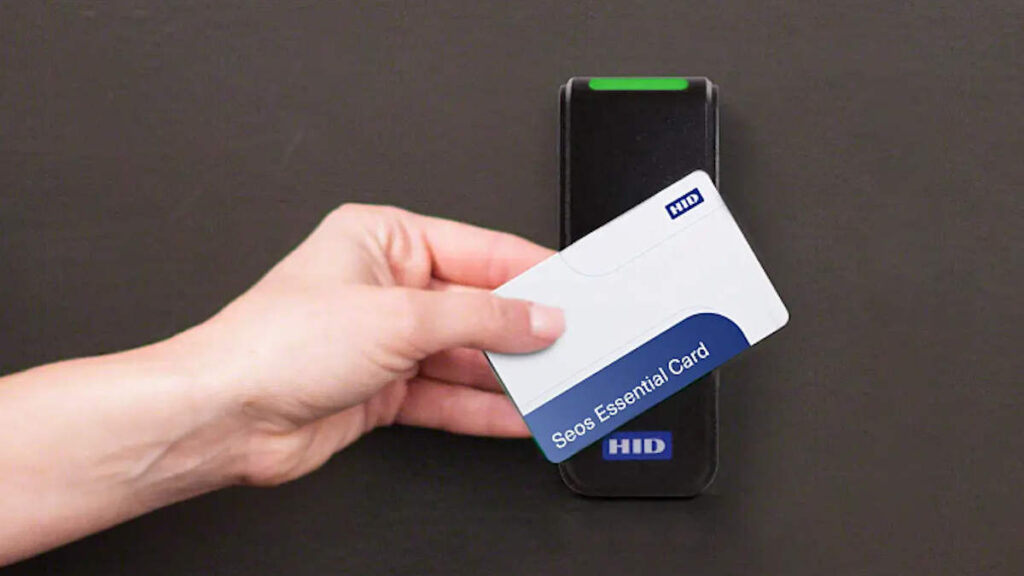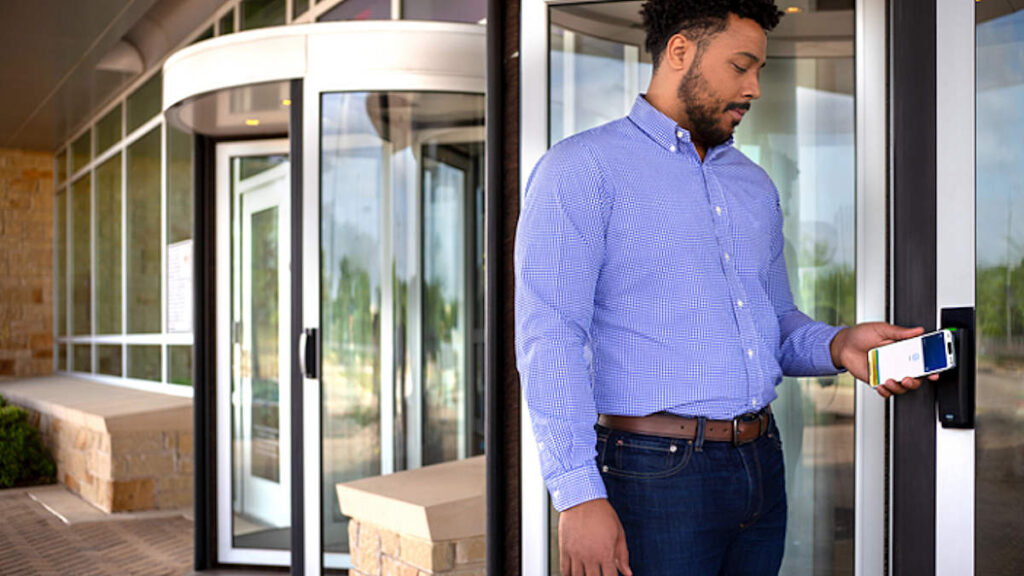Choosing Access Control Readers – What Should You Be Looking For?
Choosing Access Control Readers – What should we look for in access control readers? There are so many available that price seems the only variable.
A: A key consideration is the security level of the readers, cards, and tags you select. There are multiple ways to approach higher security authentication technologies. When it comes to cards, you’ll be after 13.56Mhz variations, some of which have proprietary tweaks, like HID’s SEOS. Higher levels of security can also be delivered by biometrics readers or by mobile devices with 2-factor authentication.
Putting that to one side, what you’re looking for with readers is long-term reliability, good read range, FIPS and PIV compliance if it’s a high security application, security of communications between reader and card and reader and controller, vandal resistance, self-generated EMI suppression and low current draw.

When it comes to weather and vandal resistance, you should favour devices with IP66, IP67 or IPX8 ratings if you’re going to install readers outside. Anything exposed to the public should be rated IK08 or IK10 against impact — low profile designs will be less vulnerable to vandalism.
Also pay attention to replacement warranty and look for pre-made terminations, potted electronics to protect boards, and audible and visual indication of operation to make for easier installation and use. You should be purchasing a brand that has a history, a supply, and support base and a future – there are plenty of quality options to be had.
While there are big manufacturers who produce lower cost readers, we tend to think a product with a threadbare margin and significant grey market presence is not a product a professional distributor can afford to support. Certainly, budget brands brought in by start-up wholesalers are not going to cut it on bigger commercial or industrial sites, and they might cruel your reputation as a quality integrator.
Read range is something to think about, too. Many low-cost proximity cards and tags need actual contact with the reader. This is not a bad thing if you don’t want actual proximity reads. Better brands may support their claimed read range – the bigger the read range, the easier a card can be to use, all other things being equal. A longer read range will use more power. If you require a very long read range for vehicles, the best option is likely to be something from a specialist.
With electronic security solutions, think TCO. This applies to access readers as well, so consider that readers which support NFC mobile authentication will add a layer of convenience, security (including user device biometrics), while significantly reducing costs by eliminating card replacement.
You can read a short history of access cards from the people at Hughes Identification Devices here or find more SEN news here.
“Choosing Access Control Readers – What Should You Be Looking For?”









